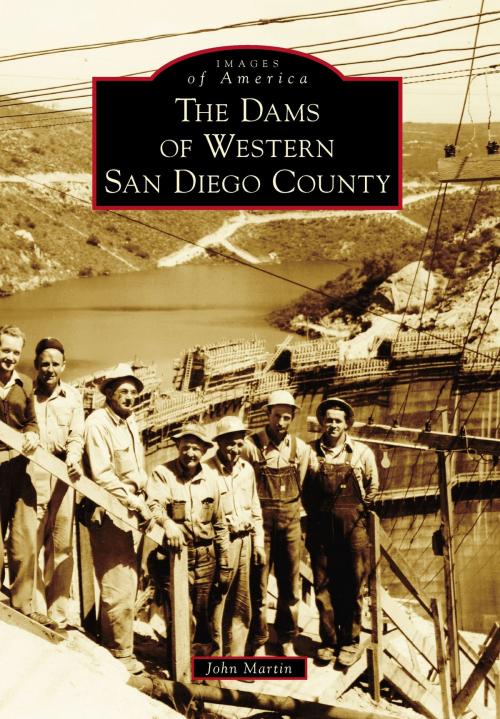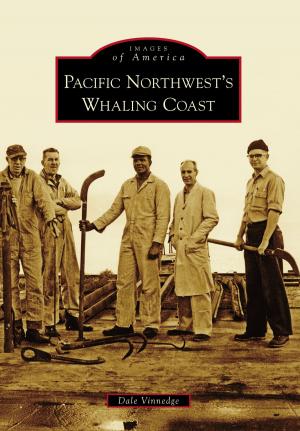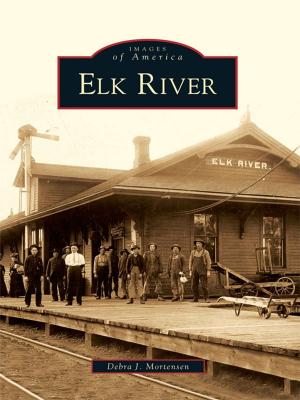The Dams of Western San Diego County
Nonfiction, Art & Architecture, Photography, Pictorials, Architectural & Industrial, Architecture, Architectural Photography, Science & Nature, Technology, Engineering, Environmental| Author: | John Martin | ISBN: | 9781439663400 |
| Publisher: | Arcadia Publishing Inc. | Publication: | October 30, 2017 |
| Imprint: | Arcadia Publishing | Language: | English |
| Author: | John Martin |
| ISBN: | 9781439663400 |
| Publisher: | Arcadia Publishing Inc. |
| Publication: | October 30, 2017 |
| Imprint: | Arcadia Publishing |
| Language: | English |
The unreliability of the San Diego River compelled the Franciscan fathers to construct the area's first dam in 1813 to conserve drinking and irrigation water for the Mission San Diego de Alcalá. This water-driven circumstance continued and expanded in the ensuing American era. Lacking a reliable water source at the turn of the 20th century, San Diego County was destined to experience modest growth. The region's semiarid conditions, cyclical droughts, and existing river systems determined that the only effective way to maintain a ready water supply was to conserve runoff and river floodwaters behind dam-created reservoirs. Between 1888 and 1934, private and municipal interests constructed a series of massive structures that made San Diego County the dam-building center of the world. The county featured some of America's first multiple arch dams and earliest hydraulic fill dams. Into the mid-1940s, dammed reservoirs remained the principle water source for county consumers and made the municipal expansion of the city of San Diego possible.
The unreliability of the San Diego River compelled the Franciscan fathers to construct the area's first dam in 1813 to conserve drinking and irrigation water for the Mission San Diego de Alcalá. This water-driven circumstance continued and expanded in the ensuing American era. Lacking a reliable water source at the turn of the 20th century, San Diego County was destined to experience modest growth. The region's semiarid conditions, cyclical droughts, and existing river systems determined that the only effective way to maintain a ready water supply was to conserve runoff and river floodwaters behind dam-created reservoirs. Between 1888 and 1934, private and municipal interests constructed a series of massive structures that made San Diego County the dam-building center of the world. The county featured some of America's first multiple arch dams and earliest hydraulic fill dams. Into the mid-1940s, dammed reservoirs remained the principle water source for county consumers and made the municipal expansion of the city of San Diego possible.















